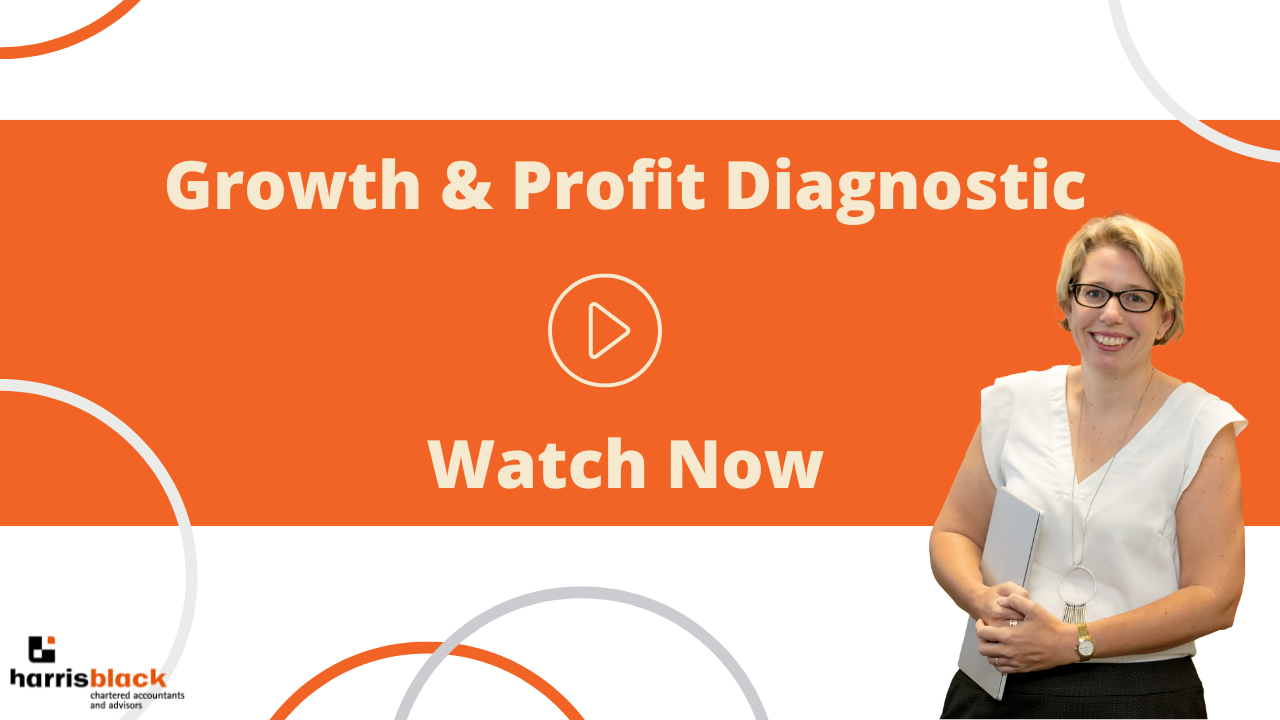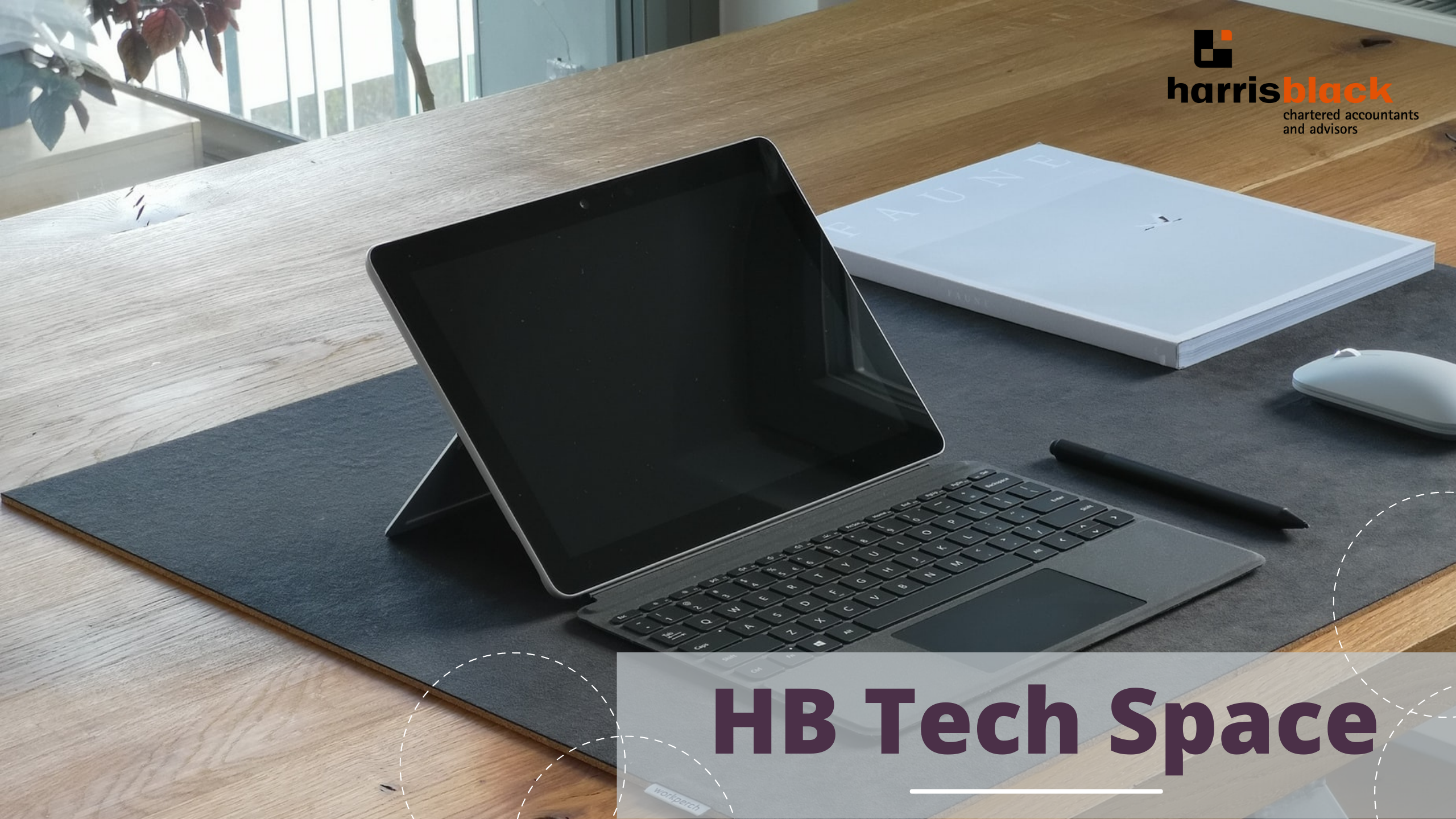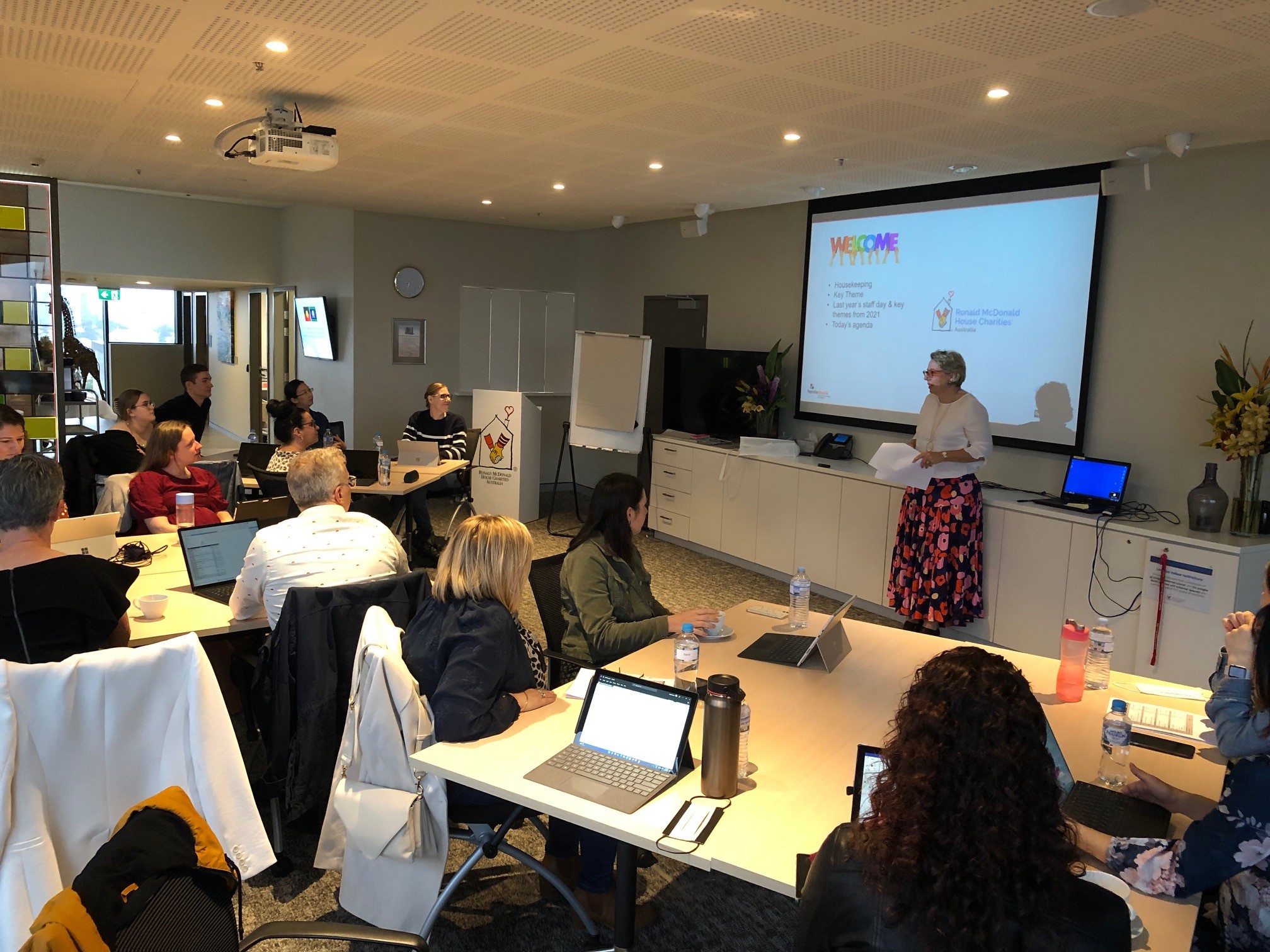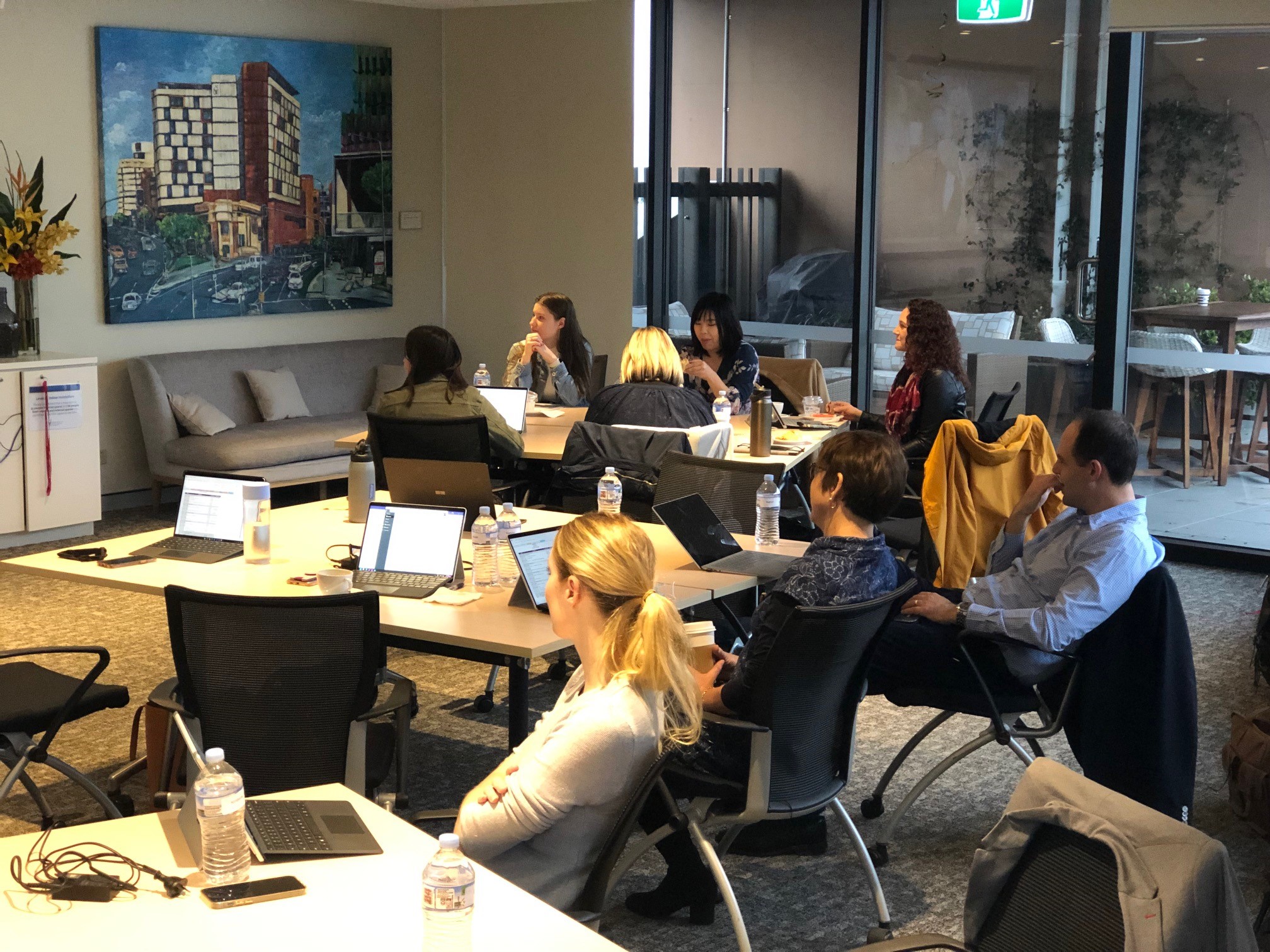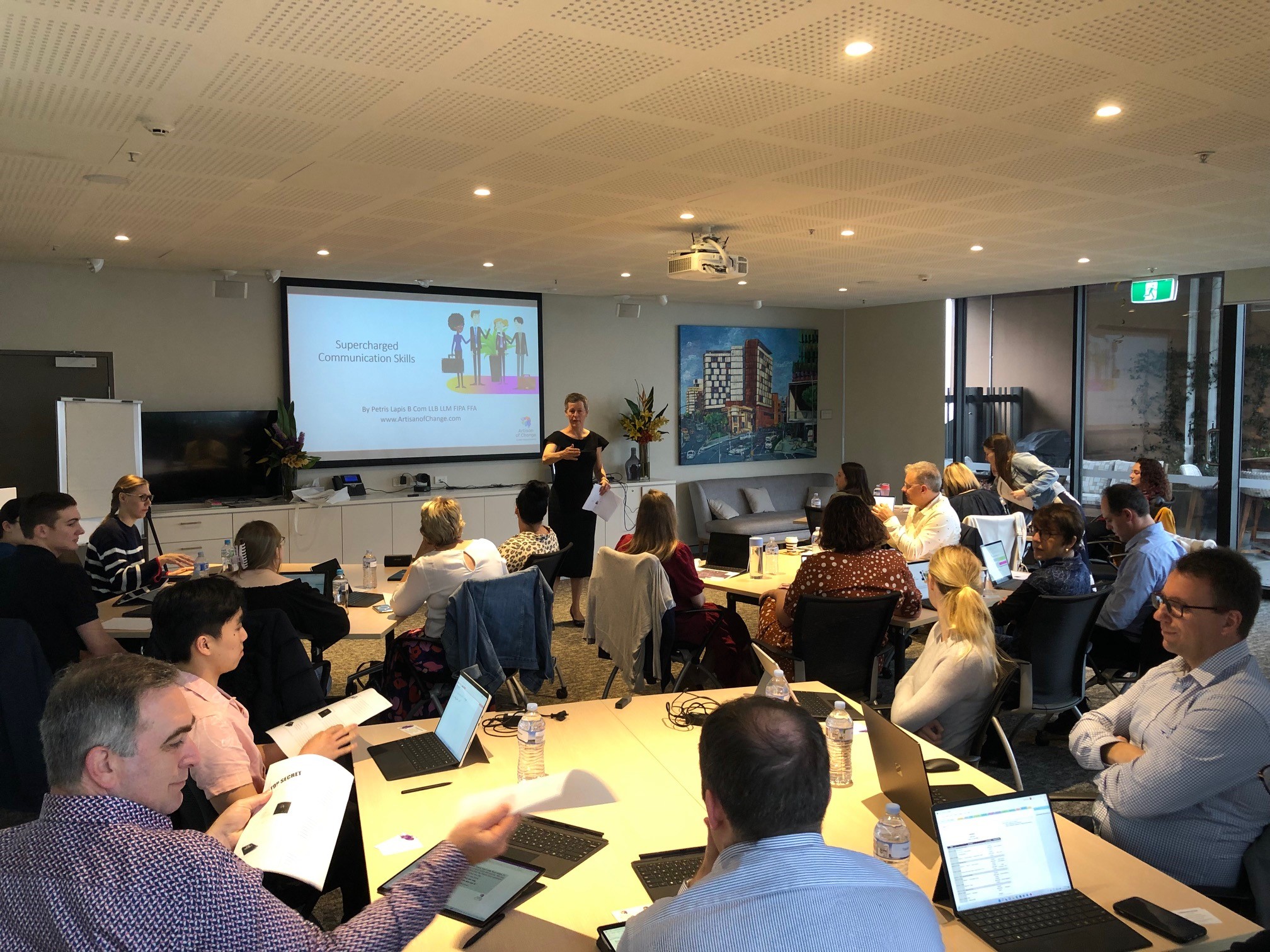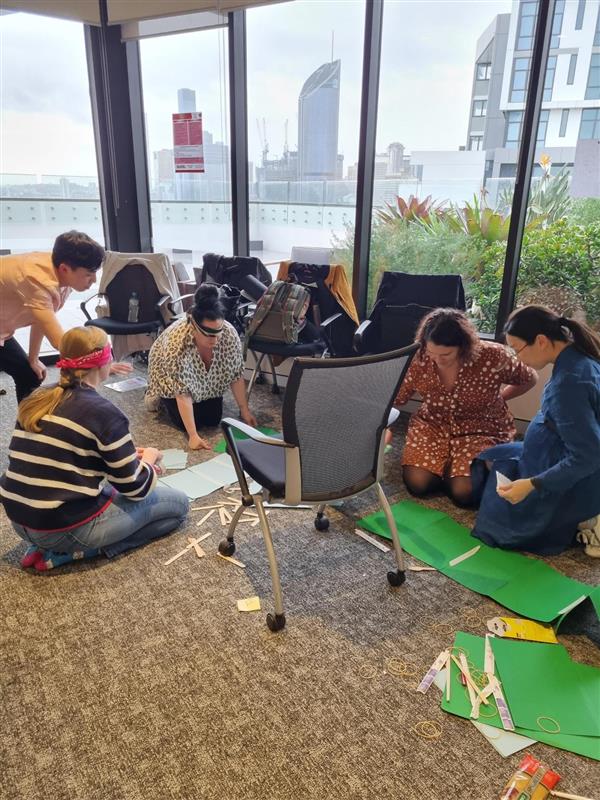| 21 October 2022 |
| Lodge and pay Quarter 1, 2022-23 PAYG instalment activity statement |
| Lodge and pay September 2022 monthly business activity statements |
| 31 October 2022 |
| Lodge tax returns for all entities prosecuted for non-lodgements of prior year returns and advised of a lodgement due date of 31 October 2022 |
| 21 November 2022 |
| Lodge and pay October 2022 monthly business activity statement |
| 25 November 2022 |
| Lodge and pay quarter 1, 2022-23 activity statements if you lodge electronically |
Author: Harris Black
Having Trouble Finding Staff Right Now?
by Renee Bettenay
When I filmed this video 12 months ago, I never thought it would be an even more critical issue for businesses. There is no doubt our clients are having trouble finding staff to fill roles within their business. This leads to the business owner and remaining staff picking up the slack and working in an unsustainable way which inhibits the business’ ability to grow.
Given this is such a topical issue, I thought I should repost the video to remind ourselves on possible ways to combat these staff shortages.
New Electric Car Discount
The Government has introduced legislation into Parliament to implement an electric car discount.
The discount will involve:
Exemption from Fringe benefits tax (FBT) – a 47% tax on electric cars that are provided by the employer for private use
Import tariffs – a 5% tax on some imported electric cars
A car benefit is an exempt benefit for a year of tax if:
the car is a zero or low emissions vehicle
the value of the car at the first retail sale was below the luxury car tax threshold for fuel efficient vehicles (2022-23 threshold is $84,916), and
the car is first held and used on or after 1 July 2022.
Zero or low emissions vehicles are cars that are:
battery electric vehicles;
hydrogen fuel cell electric vehicles; and
plug-in hybrid electric vehicles.
The new exemption will only apply to electric cars that are first held and used on or after 1 July 2022.
The exemption will not apply to hybrid electric vehicles that are not plug-in.
It will not apply to electric cars that employers have provided to employees for their use before 1 July 2022. This measure is yet to enter the Senate and is not yet law, however, will be retrospective when passed.
What Should My Business Focus On For The Financial Year Ahead?
by Renee Bettenay
Growth and Profit are two key outcomes of a successful business. But to achieve a successful outcome a number of key factors must come together to create a winning business. At any point in time businesses have strengths and weaknesses in these key success factors and it is important that businesses identify these areas so that strategies can be put in place to help the business succeed. Harris Black, in conjunction with Mindshop, have created a Growth and Profit Diagnostic to help you identify the strengths and weaknesses of your business. Watch this video as Renee Bettenay, a Director of Harris Black, walks you through the diagnostics and the detailed reporting you will receive specific to your business.
HB Tech Space – Cryptocurrency
In the past year, there’s a very high chance that you may have witnessed the surging popularity of crypto-currencies. According to finder.com.au, 22% of Australians possess cryptocurrency holdings, boasting one of the highest adoption rates in the world. Currently, the market capitalisation of all cryptocurrencies is AU$1.67 trillion, which is greater than that of the entire Australian share market! The rapid growth of cryptocurrencies within the past two years has caused it to emerge as a mainstream asset class. However, if you decide to invest there are several important considerations which you need to be aware of.

Firstly, if you purchase or sell cryptocurrencies, you may have tax obligations to fulfill. Similar to shares or property, cryptocurrencies are considered a capital asset and any profit on trading will need to be reported in your tax return for capital gains tax (CGT) purposes (even if you made a loss). This is often further complicated as one cryptocurrency can be traded for another, which results in two CGT events occurring for one transaction! For these reasons, it is important to maintain strong records of your trading activity for tax purposes. Most major trading platforms are able to generate detailed reports of your transactions containing key information (cost base, proceeds, quantity, transaction dates, etc…).
When compared to more traditional investment assets, cryptocurrency is extremely volatile and can be difficult to understand. The value of a cryptocurrency can also fluctuate widely based on market speculation and media coverage. Investors should perform their due diligence before deciding to invest. In addition, due to the low regulation, there is a looming danger of theft from scammers. The digital and relatively anonymous nature of cryptocurrencies also means it may be difficult to recover your assets in the case of theft. Investors should also be wary of scammers promising get-rich-quick-schemes promising unrealistic returns.
To conclude, cryptocurrencies present vast opportunities for investments however potential investors should ensure that they perform adequate research before investing. If you have any queries or concerns, please do not hesitate to contact your Harris Black team member and we will provide as much support as necessary.
Harris Black Staff Day 2022
Something the entire Harris Black team look forward to each year is our annual Staff Day recently held at Ronald McDonald House on 22 July 2022. This is a day on which we all down tools and spend time together revisiting the financial year that was, working on areas we might improve, listening to key speakers on relevant topics and challenging each other with some fun activities.
This year we were lucky enough to have Petris Lapis return to speak with us on “Upskilling Communication”. Some great takeaways from this session which has us all committed to implementing even better communication both in the office and with our clients also. Another topic close to our hearts is how we can become even better Trusted Advisors again both internally with our colleagues and importantly to our clients also. In this regard it was wonderful to hear from one of Harris Black’s key clients, whose open and candid explanation of what has promoted the development of a trusted relationship with Harris Black over the years was greatly appreciated.
A great lunch was followed by a session on personality types in the office – an interesting exercise and a lot of fun also! Then our own Senior Manager (and qualified Yoga Instructor) Keziah Sedgwick lead the firm in a relaxing Yoga session!.. So relaxing in fact that a certain Director could be heard snoring from the back row! Final entertainment for the day was designed by our Managers. A delegation challenge with teams competing by building a structure with team members who were either “blind”, “one armed” or able to instruct but not touch! Pictures probably explain this better!
A word also about Ronald McDonald House… Emma Thompson, CEO of Ronald McDonald House organised a tour of the RMH facility for the Harris Black team during one of our breaks. This is a truly thoughtful, warm and welcoming haven for families who need accommodation whilst children are in hospital care or undergoing hospital procedures. RMH relies heavily on donations for funding and Harris Black are proud to have selected them as the firm’s charity to support for the month of August. The venue / boardroom Harris Black used for their staff day was exceptional with great space and a rooftop area also. It is available for hire by donation and it was indeed a perfect place to hold our Staff Day! We would encourage any of you with a need for a conference venue to contact Emma to consider whether it may be suitable for your purpose also.
Finally, at the end of such a wonderful day, there was still work to be done… Some solid celebrating at the Harris Black EOFY Dinner!! Great food, wine and conversation was had by the entire team at both the Ship Inn and then Popolo’s, Southbank.




